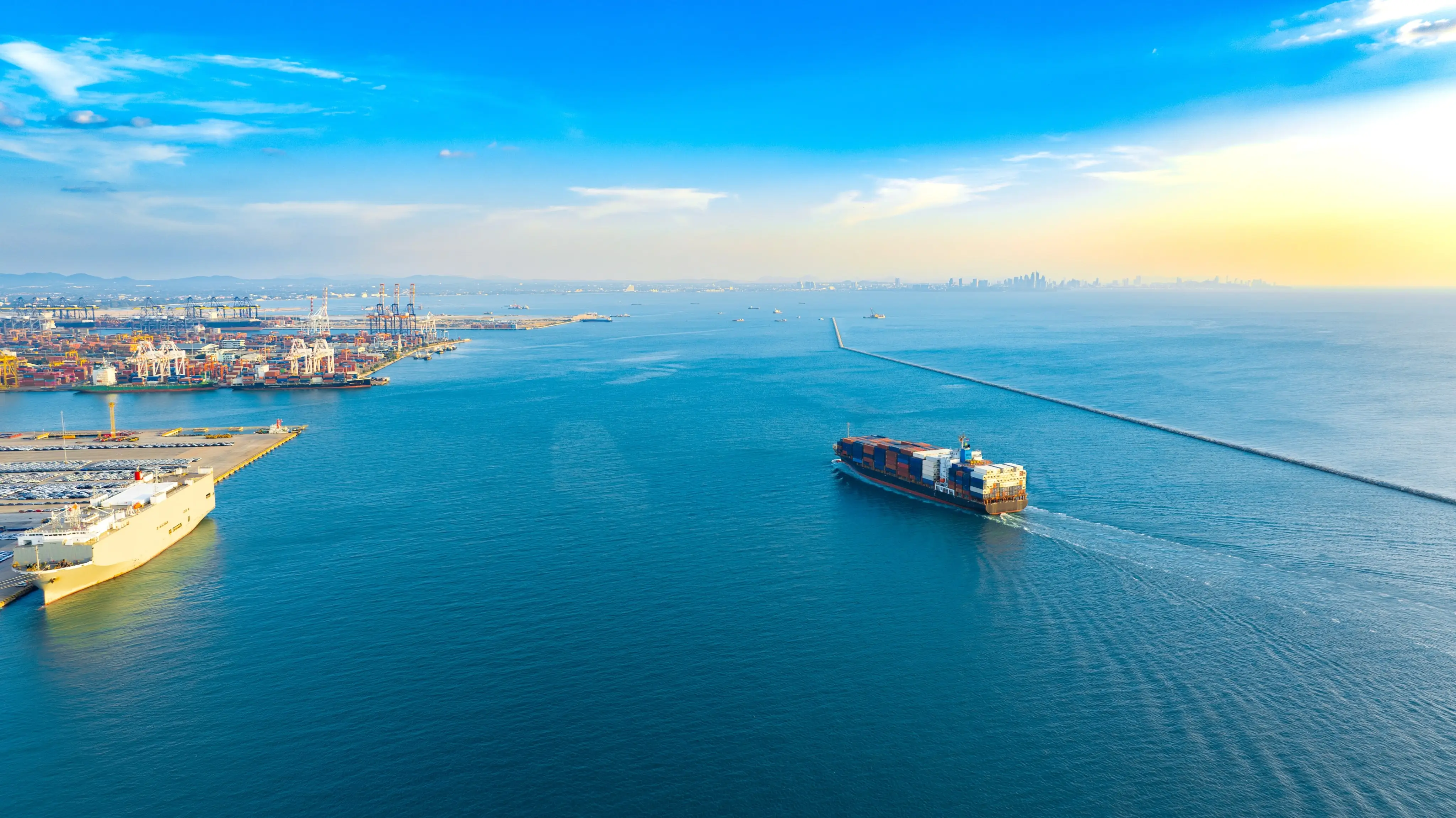About Goto Kaisoten
Our Journey
History
History
Meiji Era
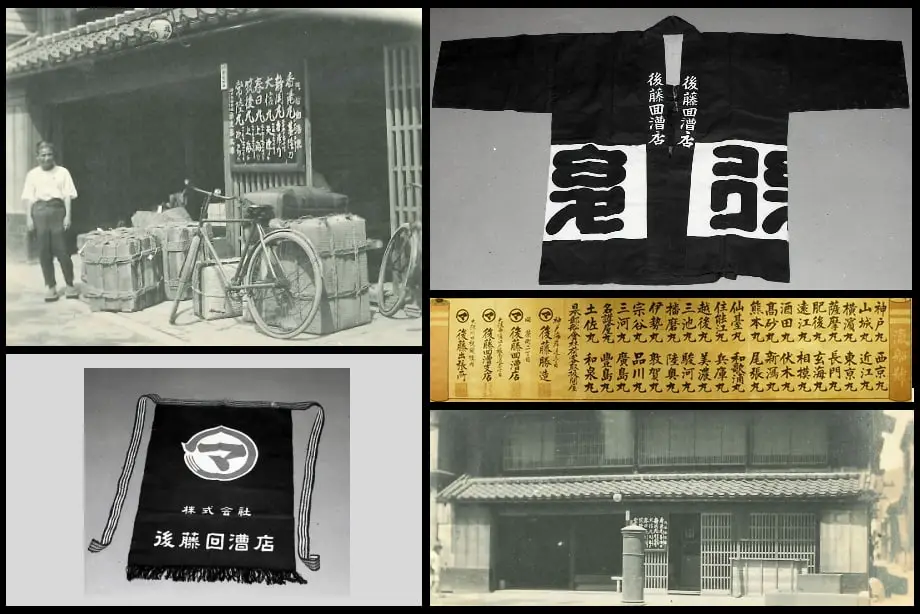
The Birth of Maruma
1877 (Meiji 10)
On October 10, 1877, founder Shozo Goto opened “Maruma Steamship Merchant Shozo Goto” at 3 Kaigan-dori, Kobe. At the time, sailing ships like Hishigaki and Taru vessels were still the mainstream, but Shozo’s decision to brand his business as a “steamship merchant” was seen as visionary.
He actively expanded the business and, in April 1882, submitted a formal request to handle freight at the Qing Consulate in Tianjin. When Nippon Yusen Kabushiki Kaisha (Today's NYK Line) was founded in 1885, Shozo’s business became one of only two “Class A” merchants, which was the highest among 24 affiliates - solidifying its status as a trusted logistics provider.
He actively expanded the business and, in April 1882, submitted a formal request to handle freight at the Qing Consulate in Tianjin. When Nippon Yusen Kabushiki Kaisha (Today's NYK Line) was founded in 1885, Shozo’s business became one of only two “Class A” merchants, which was the highest among 24 affiliates - solidifying its status as a trusted logistics provider.
1877
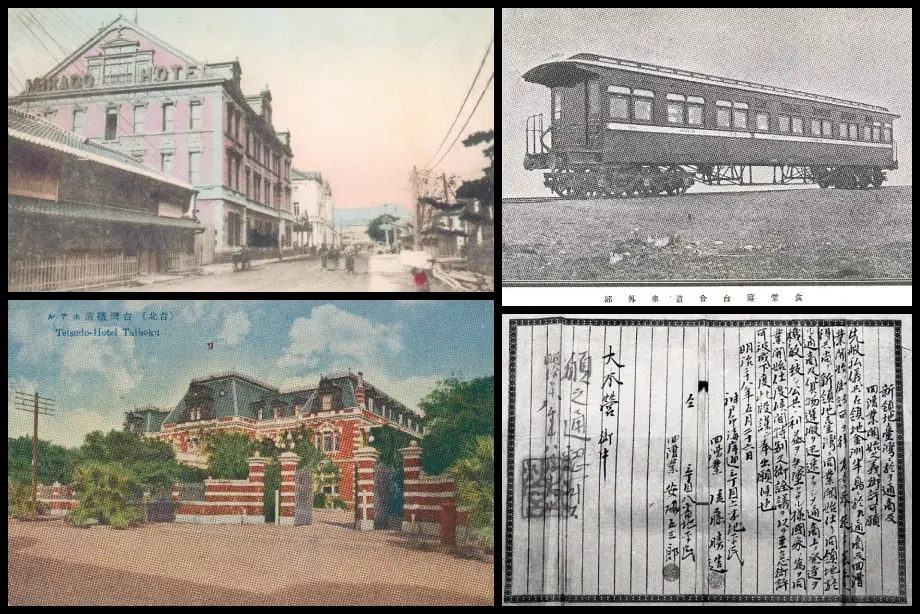
Expansion into Taiwan
1895 (Meiji 28) onward
Following the First Sino-Japanese War and Japan’s aquisition of Taiwan, Shozo recognized the island’s abundant natural and agricultural resources. He was quick to apply for a transport license and launched “Maruma Goto-gumi” in August 1895 to begin commercial and freight operations in Taiwan.
The Goto-gumi transported government-controlled goods like opium, camphor, tobacco, and alcohol. In particular, it dominated the market for opium and camphor transport, reportedly encouraged by Shinpei Goto, Chief of Civil Affairs in the Taiwan Governor’s Office. Shinpei and Shozo had a close friendship that began when Shinpei stayed at the Goto Inn in Kobe during an official visit, and continued throughout their lives.
The company expanded both local and cross-strait routes, connecting Taiwan with Japan and launching services to Qingdao, Lüshun, and Busan. Around 1897, when Nippon Oil entered southern Taiwan, Goto-gumi handled the transport of their drilling equipment and supplies.
The Goto-gumi transported government-controlled goods like opium, camphor, tobacco, and alcohol. In particular, it dominated the market for opium and camphor transport, reportedly encouraged by Shinpei Goto, Chief of Civil Affairs in the Taiwan Governor’s Office. Shinpei and Shozo had a close friendship that began when Shinpei stayed at the Goto Inn in Kobe during an official visit, and continued throughout their lives.
The company expanded both local and cross-strait routes, connecting Taiwan with Japan and launching services to Qingdao, Lüshun, and Busan. Around 1897, when Nippon Oil entered southern Taiwan, Goto-gumi handled the transport of their drilling equipment and supplies.
1895
Taisho Era
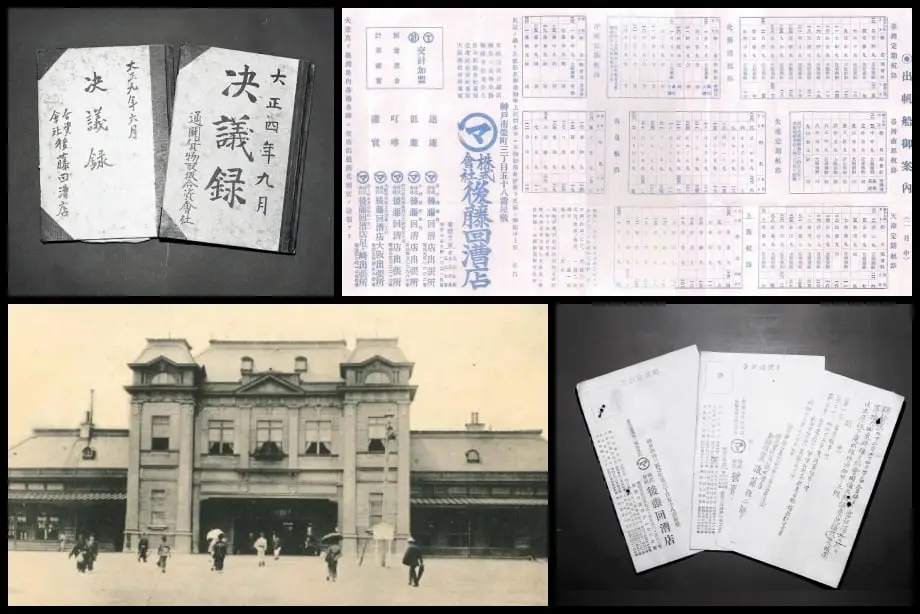
Incorporation
1921 (Taisho 10)
To modernize its operations, Goto Kaisoten was incorporated on March 25, 1921, with capital of 80,000 yen. Tetsujiro Goto became its first president. Despite challenges from the 1929 Wall Street Crash and global depression, the company weathered the storm through unity and a steadfast commitment to stability.
1921
Showa Era
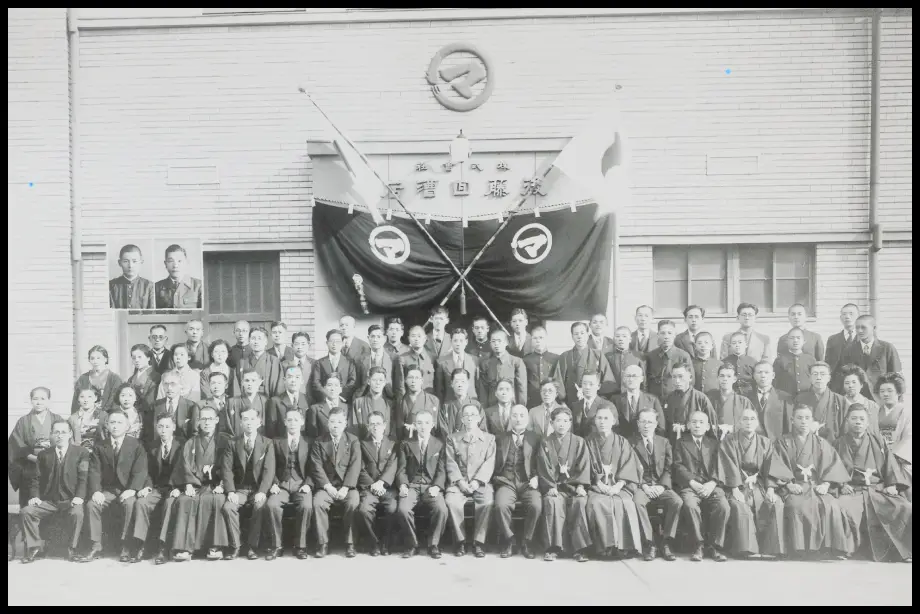
Wartime Regulation Period
1937–1945 (Showa 12–20)
In 1937, Japan shifted to a wartime controlled economy. Following the enactment of the Maritime and Land Transport Control Orders, the Port and Harbor Transportation Control Order was implemented in 1941, accelerating the consolidation of port logistics operations. At Kobe Port, a special exemption allowed seven companies to remain in operation. Goto Kaisoten, recognized for its strong track record and long-standing tradition, was selected as one of the core companies leading this consolidation. The following year, in 1942, Shoichi Goto became the company’s second president.
1917
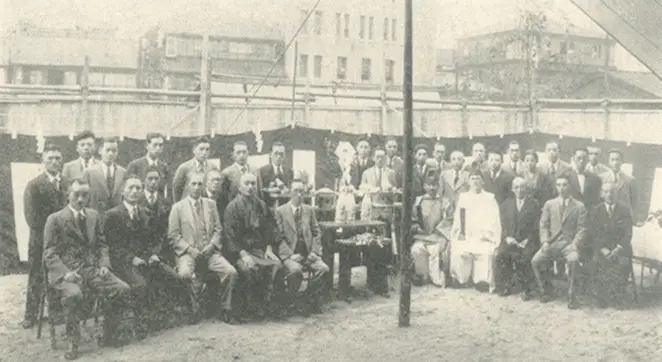
Wartime Transport
1943–1944 (Showa 18–19)
Between 1943 and 1944, during wartime, Maruma Goto disassembled all facilities at Nippon Oil’s Kawasaki Refinery and shipped them to Kaohsiung, Taiwan, using 13 vessels. Despite the threat of enemy submarines, the mission was completed without incident in coordination with Nippon Express Taiwan. This operation laid the foundation for the company’s future in international plant logistics.
1943
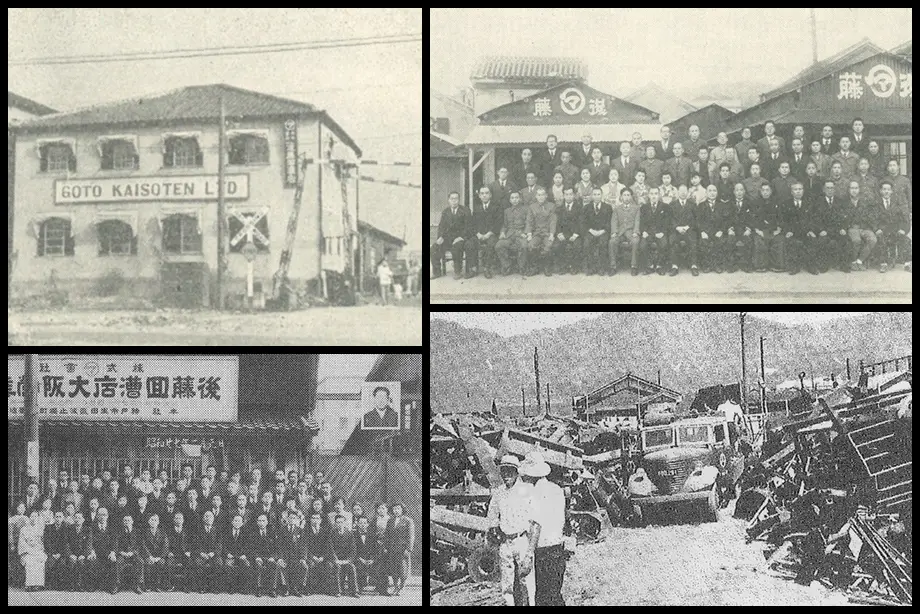
Postwar Recovery
1945 (Showa 20) onward
After its Kobe headquarters was twice hit by air raids, Goto Kaisoten rebuilt from a temporary barrack. In 1946, it constructed a new office in Hatoba-cho and resumed full operations as civilian trade reopened. The company expanded into warehousing, cargo handling, and regular routes to Kyushu. The Hyogo warehouse, in particular, became a key asset during Japan’s postwar storage shortage.
Around the same time, the Tokyo office, which had also burned down, quickly resumed business, and the Niigata branch thrived. The Osaka office, which escaped war damage, obtained a customs license and began serving major steelmakers and trading houses in the region.
1945
Restoring the Normal Flow of Goods
In the postwar chaos, Japan faced severe material shortages and collapsed infrastructure. Goto Kaisoten tackled the challenge of restoring logistics and worked tirelessly to make the “normal flow of goods” a reality again. Their dependable logistics services played a vital role in rebuilding lives and industries - a legacy the company still takes pride in today.
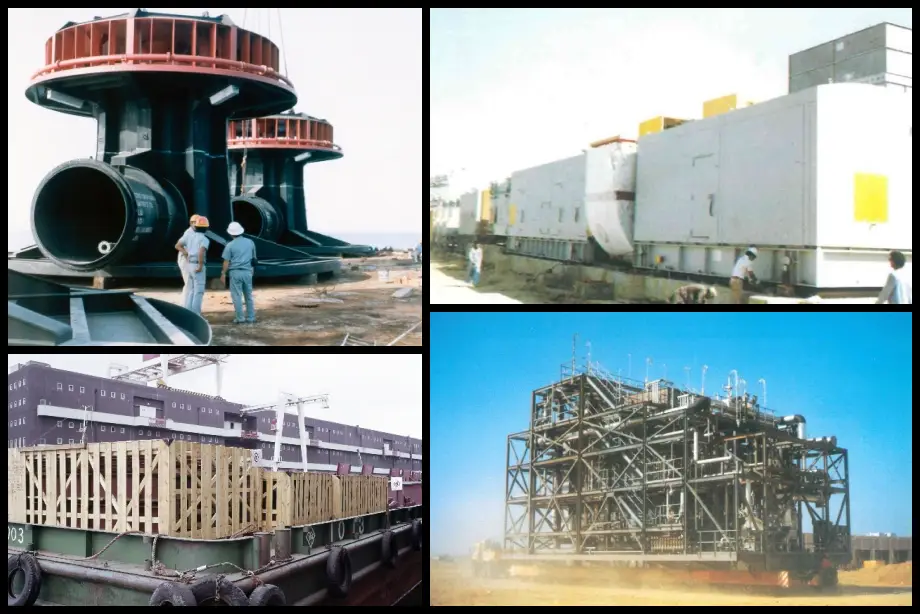
Shift to Multimodal Transport
1957 (Showa 32) onward
In 1957, Goto Kaisoten began handling production plant exports ahead of competitors. In 1961, for a power plant project in Delhi, India, the company managed full domestic and overseas transport, establishing a one-stop, long-stay logistics model that defined its plant transport strategy. From there, Goto expanded to Scandinavia, Asia, the Americas, the Middle East, and Africa. Evolving from “Japan’s Maruma” to “the world’s Maruma.”
1957
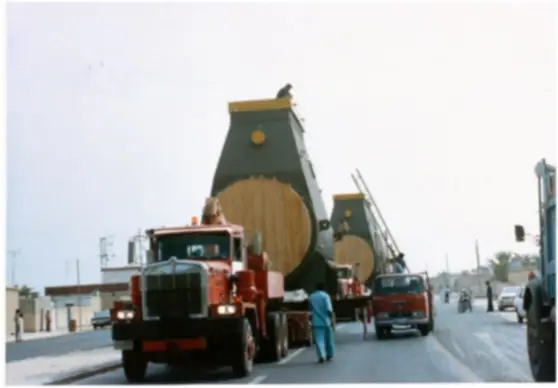
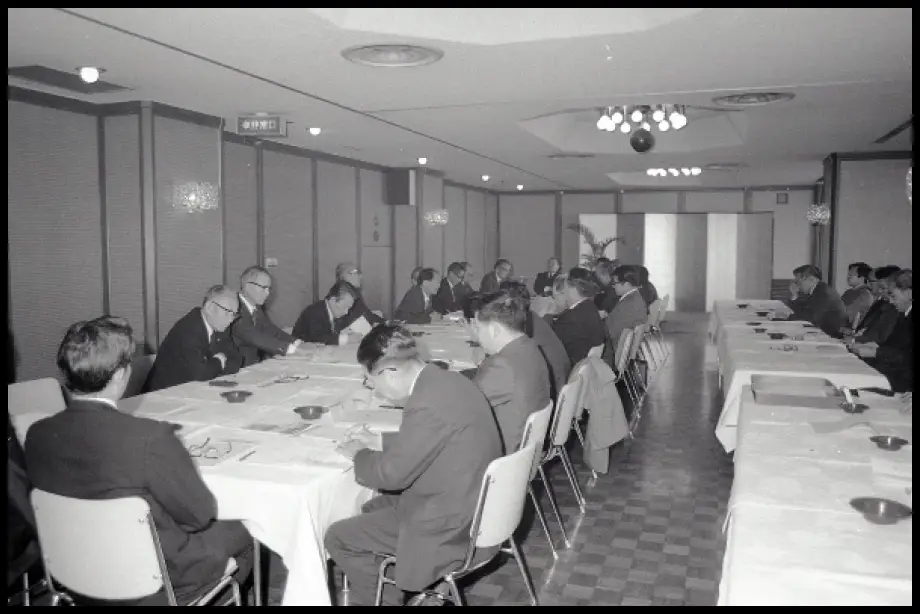
Formation of the Maruma Group
1971 (Showa 46) onward
In the 1970s, waves of innovation swept through the logistics and distribution industries, along with the broader economy. In response, Goto and 12 affiliated companies established the Maruma Group Council in January 1971 (later renamed the Fujiko-kai). Through mutual cooperation, shared activities, and joint research, the group worked together to support its collective growth.
1971
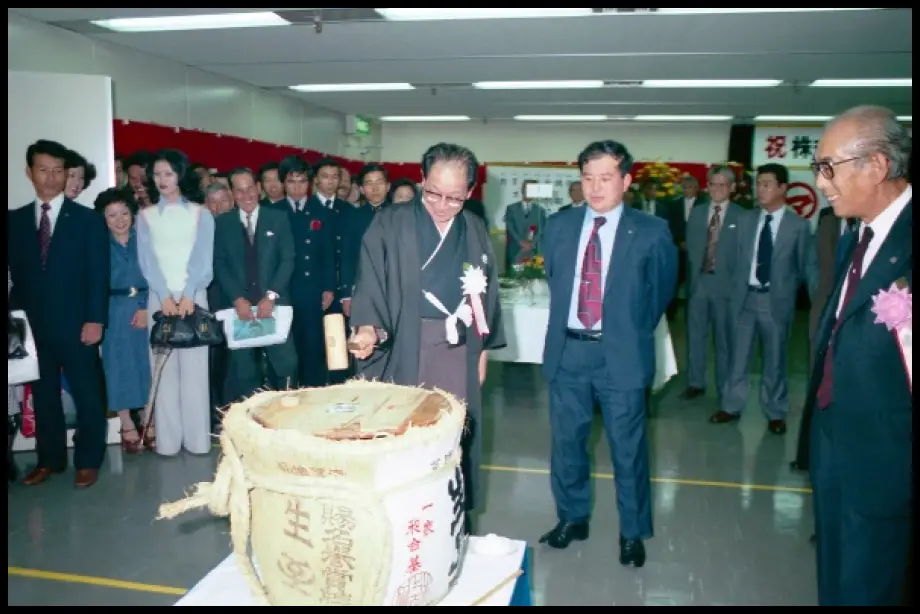
100th Anniversary
October 10, 1976 (Showa 51)
On October 10, 1976, Goto Kaisoten celebrated its 100th anniversary. During the commemorative ceremony, President Shoichi Goto reaffirmed the founding values of “Don’t deceive, don’t violate, don’t take,” expressing the company’s renewed commitment to the future.
“On this day, just as we did a century ago, let us move forward into a new era with the same spirit. We must re-commit to our founder’s principles of honesty, integrity, and fairness.”
“On this day, just as we did a century ago, let us move forward into a new era with the same spirit. We must re-commit to our founder’s principles of honesty, integrity, and fairness.”
1976
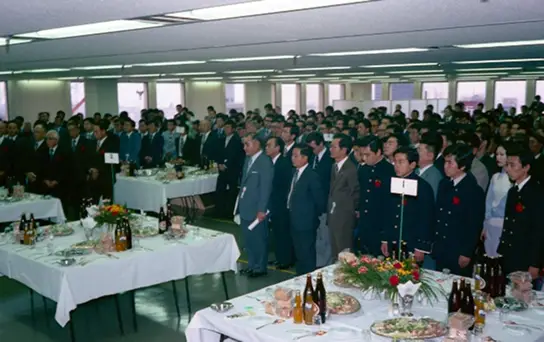
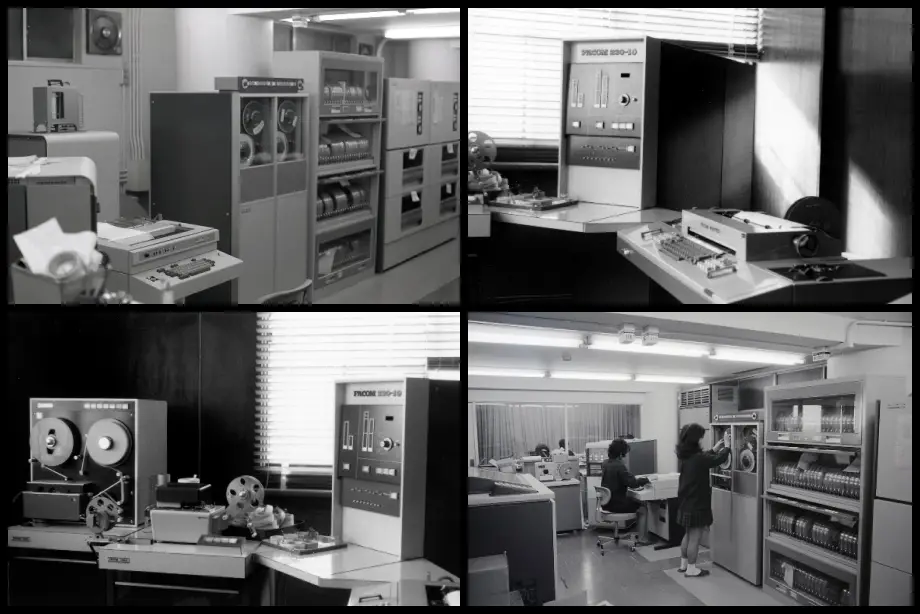
Building a Digital Logistics Network
1980 (Showa 55) onward
To strengthen coordination across sales, operations, customs, and warehouse cargo management, Goto Kaisoten introduced computerized systems and pushed forward digital transformation. It was one of the first to launch online services for customers and expanded its network with Maruma Group partners. The company also connected its internal system to Japan’s customs platform (NACCS), realizing full electronic data interchange (EDI) across its operations.
1980
Advancing Innovation Through Logistics and Information Systems for a New Era
From 1980, Goto Kaisoten began developing next-generation transport and IT systems to meet the needs of a changing era. With advanced computerization, the company boosted logistics efficiency, ensured accurate cargo management, and strengthened coordination across domestic and global sites. These innovations helped solidify its position in the industry.
Heisei Era
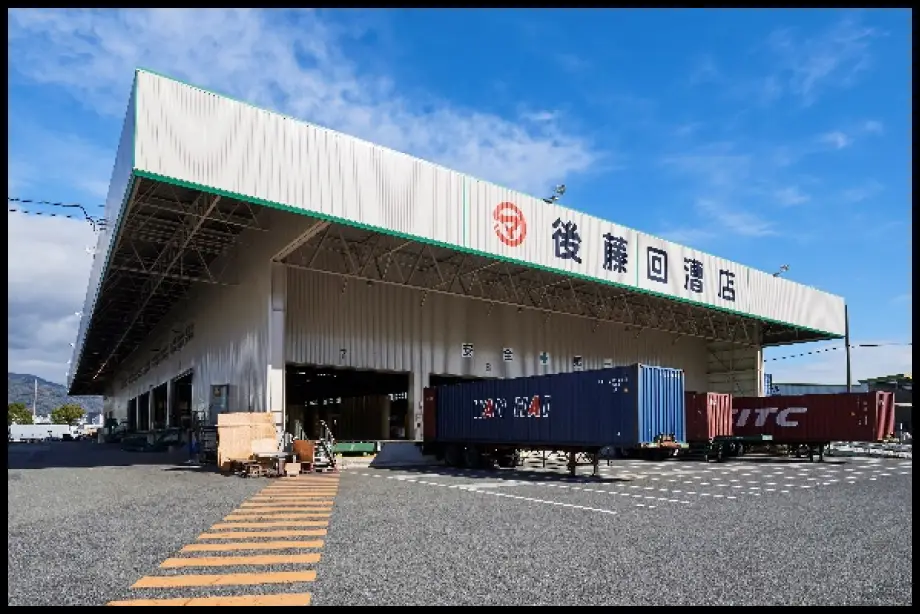
Establishing a Core Base at Kobe Port
1985–1990 (Showa 60 - Heisei 2)
In the late 1980s, Goto launched operations at its Rokko Island site, constructing covered warehouses for all-weather cargo handling and an elevated-floor warehouse capable of accommodating 14 container chassis. A second multipurpose warehouse was later added, establishing Rokko as a primary logistics hub at Kobe Port.
1985
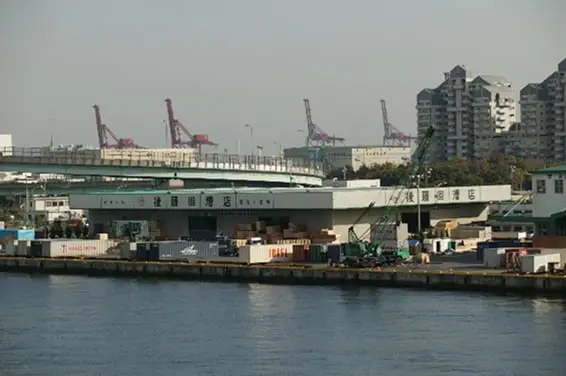
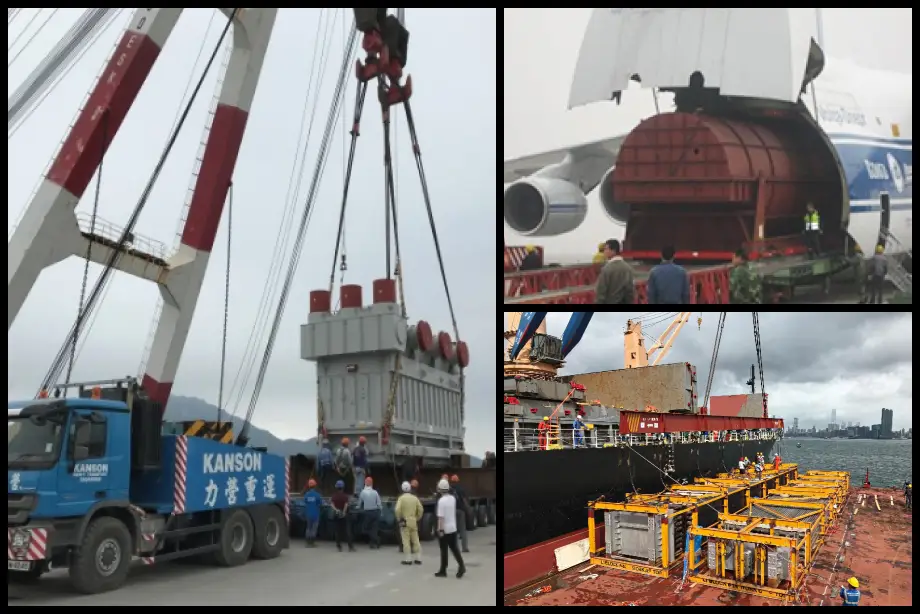
Expanding the Global Logistics Network
1988–1997 (Showa 63 - Heisei 9)
Goto strengthened its international network by partnering with top global logistics firms, establishing a robust multimodal transport system. In Southeast Asia, it launched subsidiaries including GOTO SOUTHEAST ASIA PTE LTD. in Singapore, GOTO KOREA CO., LTD. in South Korea, GOTO JUNPU CO., LTD. in Taiwan, and GOTO LOGISTICS INC. in the Philippines. It also opened local offices in Hong Kong and Shanghai, solidifying its presence as a key logistics provider in the region.
1988
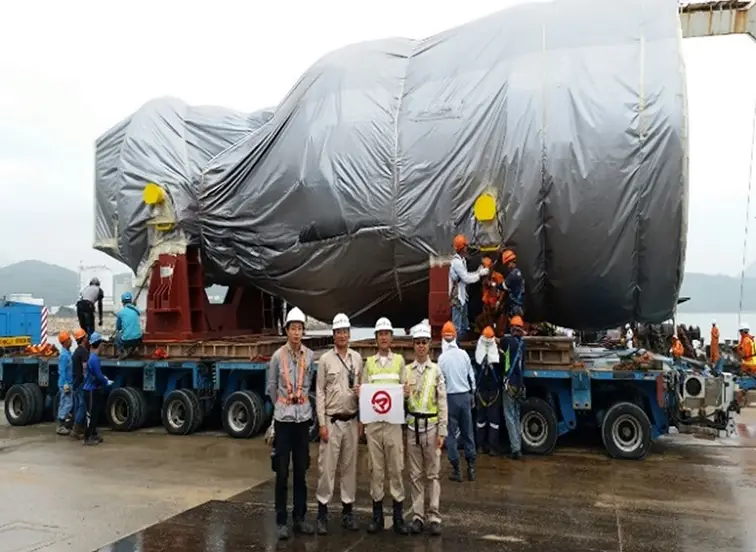
Accelerating Global Expansion:
A New Chapter for Goto Kaisoten
During the Heisei era, Goto strategically accelerated its global expansion. In 1985, it opened a local office in Singapore. In 1989, it had established GOTO JUNPU CO., LTD. in Taiwan. In 1994, new offices were added in Seoul, Busan, Hong Kong, and Shanghai. In 1997, GOTO LOGISTICS INC. was launched in the Philippines. This expansion, centered in Asia, enabled the company to respond to a growing range of international customer needs and paved the way for broader global growth.

Upgrading Systems and Facilities
1998–2004 (Heisei 10 - 16)
Beginning in 1998, Goto released its in-house B/L information system to the public, promoting digital efficiency. The initiative earned the company recognition as one of the “Top 100 IT-Enabled Companies in Kansai.” It also upgraded key facilities by adding rain canopies to its fourth warehouse, Rokko Warehouses 1 and 2, and renovating the Genbei Building to enhance operational functionality.
1998
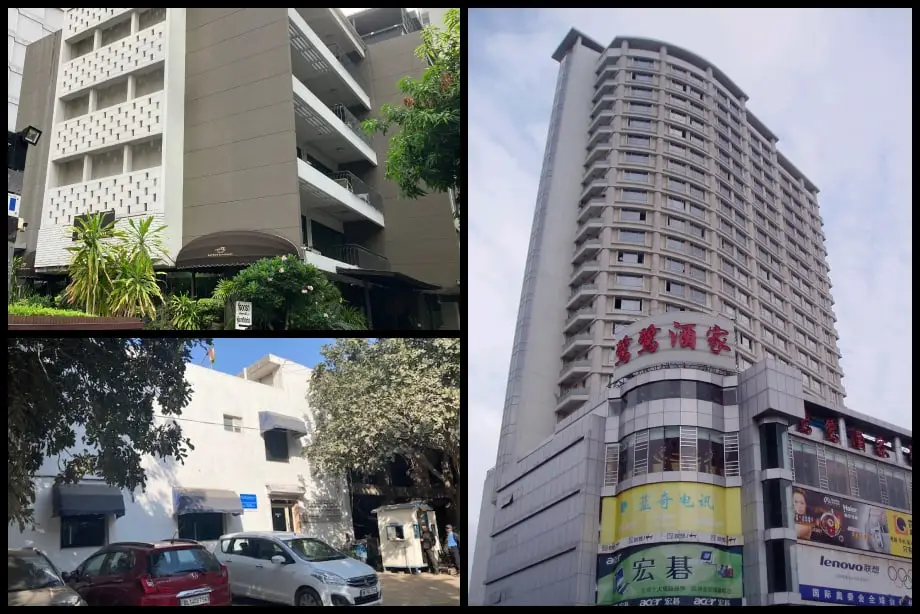
Expanding Global and Domestic Presence
2004–2024 (Heisei 16 - Reiwa 6)
In 2004, Goto established “Goto Logistics (Shanghai) Co., Ltd.” and “Hong Kong Goto Logistics Co., Ltd.” Overseas expansion continued with new offices in Ho Chi Minh City (GOTO VIETNAM CO., LTD.), Amsterdam (GOTO EUROPE B.V.), and Manila (GOTO PHILIPPINES LOGISTICS). Other additions included Bangkok operations, GOTO (THAILAND) CO., LTD., and a local office in India. Meanwhile, the company also strengthened its domestic foundation. From 2008 to 2024, it built and upgraded facilities including its head office, Maya Packing Warehouse, Mizushima Warehouse, and the Musashi-Kosugi dormitory to improve logistics capabilities and the working environment.
2004
Taking the Next Step
Since its founding in 1877, Goto Kaisoten has continually evolved - combining deep-rooted tradition with forward-thinking innovation to build logistics infrastructure in Japan and around the world. We remain committed to delivering safe and reliable transport, and to advancing through technology and global expansion to meet the changing needs of our customers.
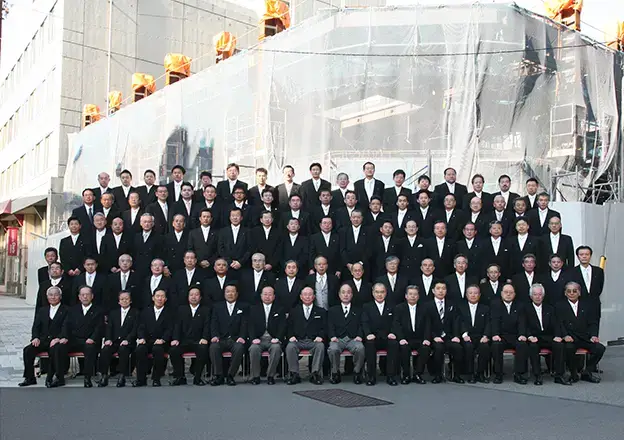

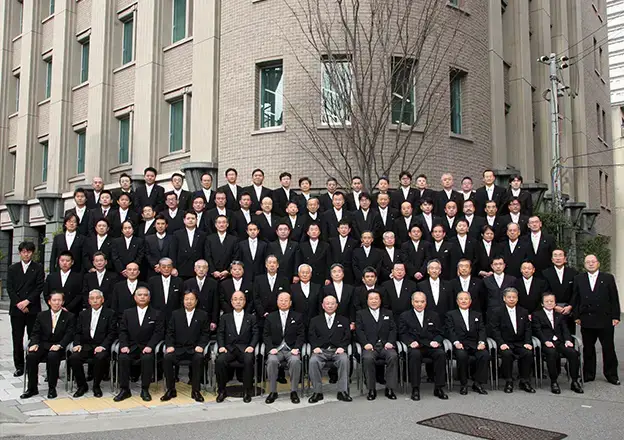
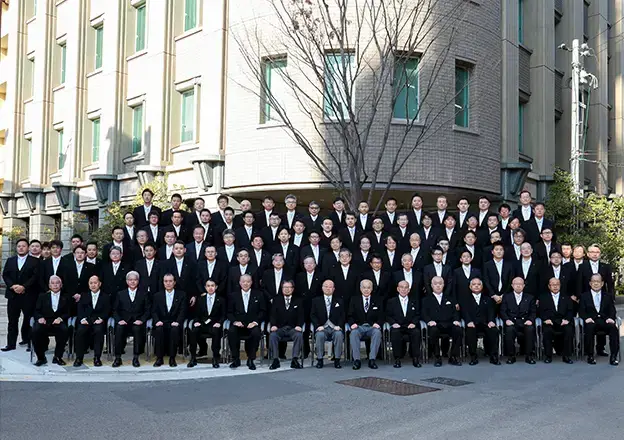
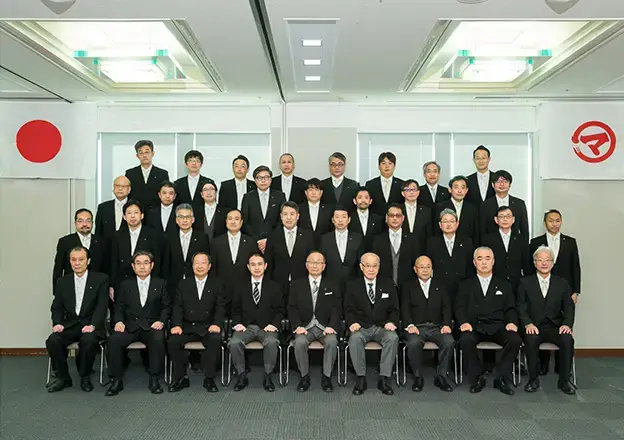

Company
information
information


